Beginnings
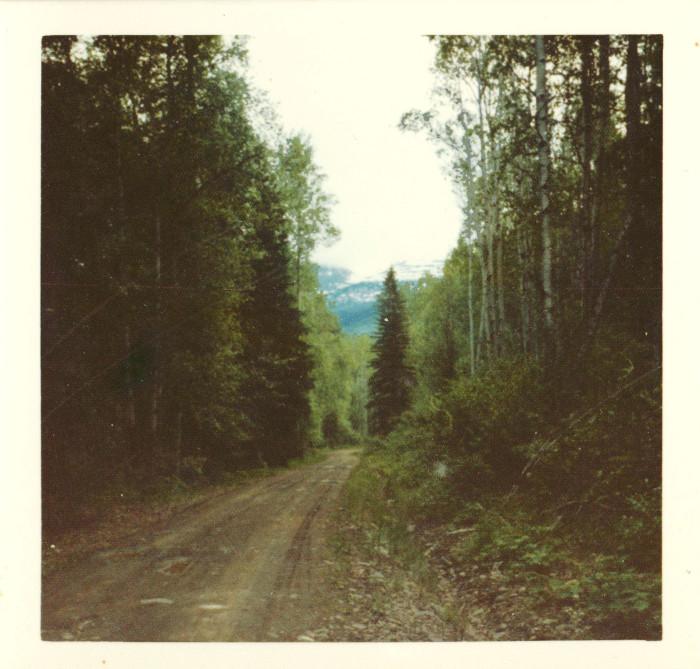
I was asked how I got into rock gardening. We lived in BC in the early 70's and spent a year wandering and working. I had a very good friend who was from the East Okanagan area, near Lumby. At that time forestry was king, and the wood came into the mills so fast the burners could hardly keep up with the waste - smoke filled the Shuswap valley so thickly it would drop the jaw of a medical professional today. No one seemed to care. Travelling east from Lumby on Hwy #6, the road climbs into the Monashee. At Cherryville, the main logging road heads north following the Shuswap River. and eventually you can drive all the way up to Revelstoke. In those days, they were still cutting old growth Douglas fir, cedar and hemlock. My friend, Jim, was building a barn in his spare time, and so he would drive in the road to find cedar butts (3` diameter and more) that were left behind and were perfect for making shakes. 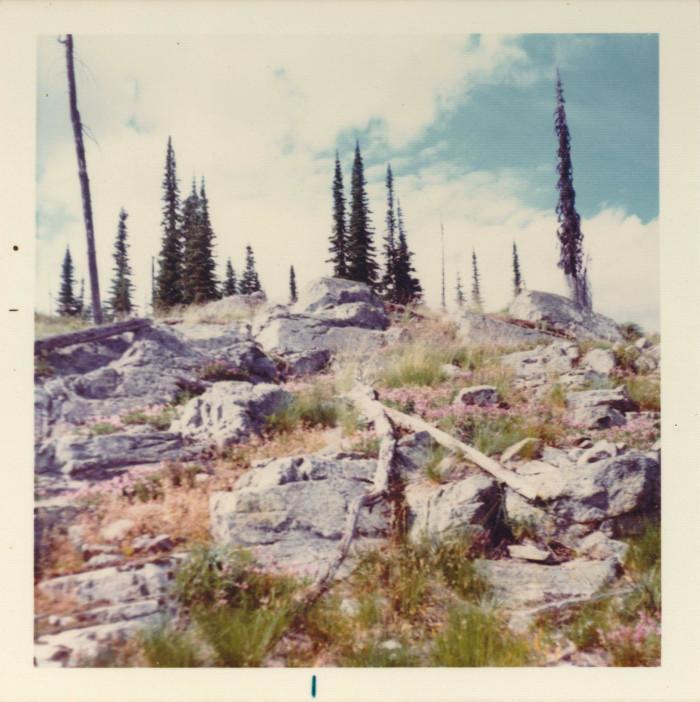
One trip he suggested we ride in on motorcycles to get up to the "meadows" which were accessed by a long, winding trail used to bring in cattle for a short, intense grazing season. The trail was rough but passable. There was not much to see - until the last turn; and then, it was the most perfect alpine meadow I could imagine. No cattle had arrived yet. What was there - well 40 years later I can't remember it all, but the sight of hillside flush with Dodecatheon pulchellum (or something like it), spiced with some Aquilegia flavescens and Castilleja sp. still lies vividly in my mind. Nothing really special, but all so perfectly arranged. It was this vision that was the inspiration. Unfortunately, you can't easily live in such places - 10" of snow will stop those ideas.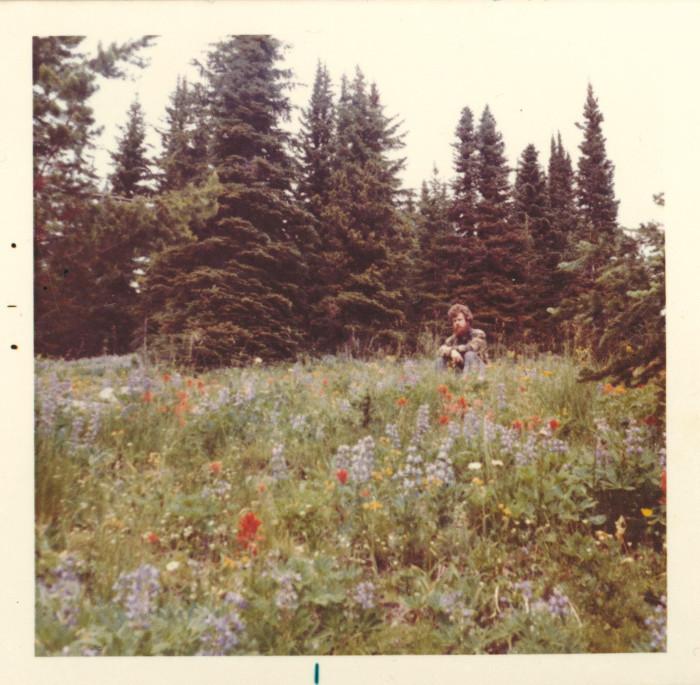
When I built our house in SW Ontario, we finally had the opportunity to act on the inspiration. Using the few stones available, the first rock garden took shape and I began looking for the plants. There were so few commercial sources in North America and though it's hard to imagine, there was no internet search, so growing from seed was the best choice. At that time, "shares" in a seed collecting expedition was the norm; but, this always gave the impression that distribution was based on a fraternal basis, with those deemed as superior growers, receiving preferential treatment. Jim Archibald and the Czech seed collectors democratized the process to a simple commercial exchange, which suited me better. The best aspect about rock gardening is that it is
an egalitarian experience. Money and class status mean nothing, and the Czech's, who suffered through 40 years of totalitarian suppression, have provided us with the most advances in both plant material and cultural methods.
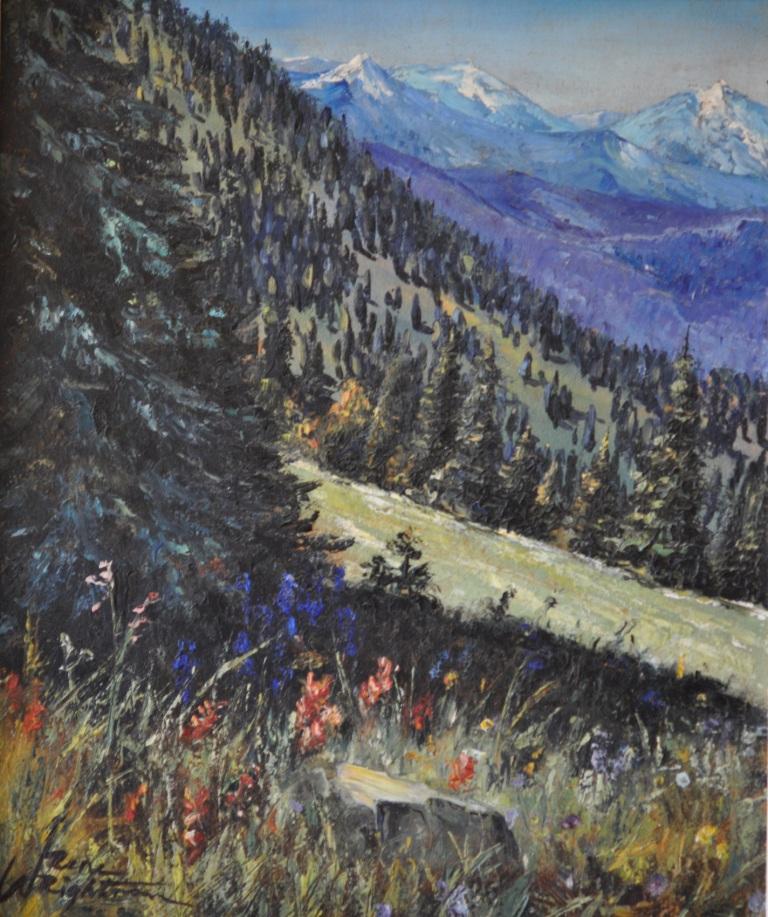
I wonder where the next generation of seed collectors will come from. I can't say with certainty, but I can speculate it will be China. The recent Czech collections from there comprise a whole section of their own; they may become the largest section. China is still controlled with a heavy hand. It is illegal for citizens there to collect seed for commerce. Having escaped the last great glaciation, the diversity of the alpine flora is huge. A growing number of locals with expertise are interested in this flora. One wonders what ideas they will offer. This will all develop, heavy hand or not. All it takes is the inspiration of a vision.
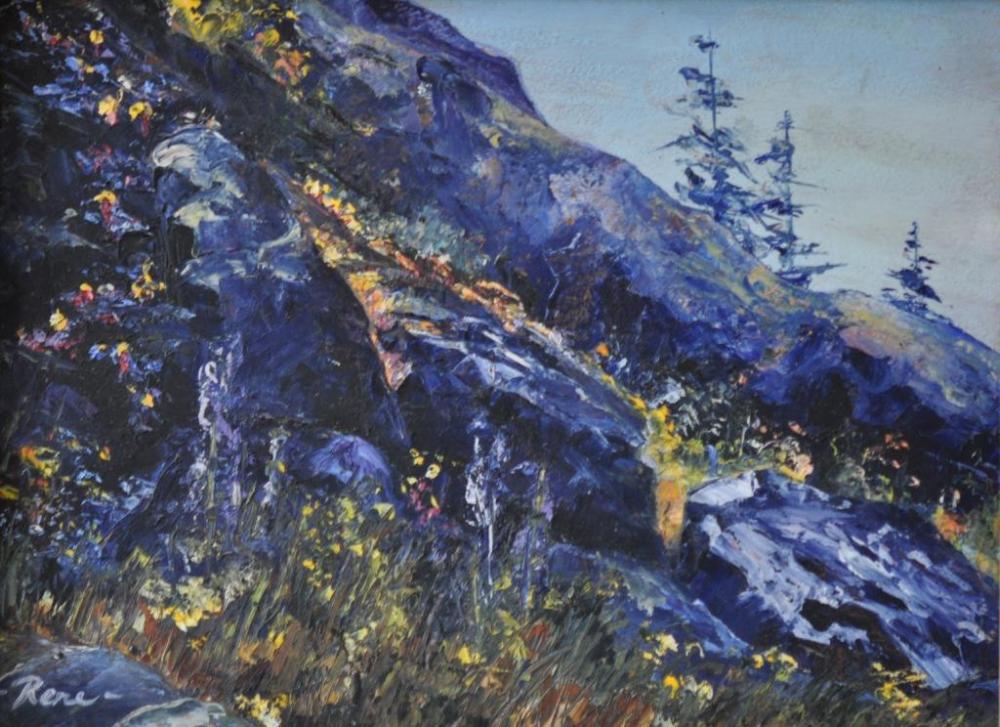

Comments (0)
Add new comment